Comprising mostly non-motorised boats, the fisheries sector in Timor-Leste is almost exclusively small scale (subsistence and artisanal). Here, the fishing fleet uses low-technology gear (such as gill nets and hook and line) to capture reef and surface-dwelling fish species (such as sardines, mackerel and flying fish) in shallow waters within 2 km of the coast, occasionally venturing offshore.

Lautem is one of the districts in the southern part of Timor-Leste. It has an area of 2,100 km2, a population of 16,876 and a coastline spanning 132 km. In 2017, the district had a total catch of an estimated 15 tonnes (FAO 2017). Located in Lautem, Lore I and Beaço are coastal towns where the majority of inhabitants work as fishermen. However, these fishers’ catch normally falls short of providing a sufficient income for their families.
The decline in numbers of fish caught by small-scale fishers is believed to have been caused by the rise of illegal fishing, which exploits demersal and pelagic fish species offshore. Another problem faced by the many people dependent on fishing as a source of income in Lautem is the lack of capacity for preserving their catch and adequately using available fisheries resources for their economic benefit.
“We want to be successful and have more income, however this has proven to be difficult,” explains Jose Monteiro, who is one of the Conservation chiefs for Nino Konis Santana National Park (NKSNP). “We lack the equipment and we need novel techniques and skills to boost our catch and manage the storage of these fish so they can be sold in the market without them getting rotten,” he added.
Efforts to address these challenges have been underway for a while, but must be intensified to ensure sustainability for this sector going forward. On 30 September 2021, Timor-Leste’s Government, through the Ministry of Agriculture and Fishery (MAF), teamed up with UNDP Timor-Leste through the ATSEA-2 Programme to conduct a capacity-building training session on Fishermen Group Management in Lore I, Lautem Municipality. These capacity building activities went on for three consecutive days, while similar training was also provided to the communities of coastal part of Beaço, located in Viqueque municipality in the months that followed.

The sessions were attended by local authorities including head of villages, women’s groups, villages’ agricultural interns, fishermen and representatives from the MAF in both municipalities; a total of 37 fishers (25 men and 12 women) came from Viqueque municipality, while 28 fishers from Lore I (26 men and 2 women) also attended. Participants studied a range of topics, including general history and the art of fishing, classification, fishing grounds, structuring fishing groups, financial analysis for fishery groups, fishery law, meteorology and sea safety.
The main objective of the capacity building was to share and increase fishermen’s skills and knowledge on how they are able to manage their group activities in terms of harvesting and marketing fish. The ultimate goal was to ensure sustainable practices of fishing and to strive toward achieving global objectives adopted by the United Nations in 2015, namely to end poverty and protect the planet.
Mr. Amaro Pinto, a local authority explained that, considering the extended periods of time spent at sea, these fishermen needed the proper tools. He also stated that they need additional training on business management, marketing and tool repair. Eugenio, a member of a fishermen’s group in Lore I noted that they had previously started a small-scale business as a group, but unfortunately some of their tools were destroyed by an act of vandalism. He argued that training on conflict resolution was also needed, considering these petty crimes occur regularly.
The introduction of sustainable fishing practices can improve catches and reduce post-harvest losses. The ATSEA-2 Programme is committed to implementing integrated capacity building activities for fishing communities in coastal areas to revitalise the fisheries sector and educate people on the importance of responsible fishing for increased and sustainable production. Additionally, ATSEA-2 is also working in collaboration with the MAF to encourage fishermen to conduct their business in a way that safeguards coastal areas, to yield higher economic benefits for them and the country.
(Vitalina Dos Santos)


